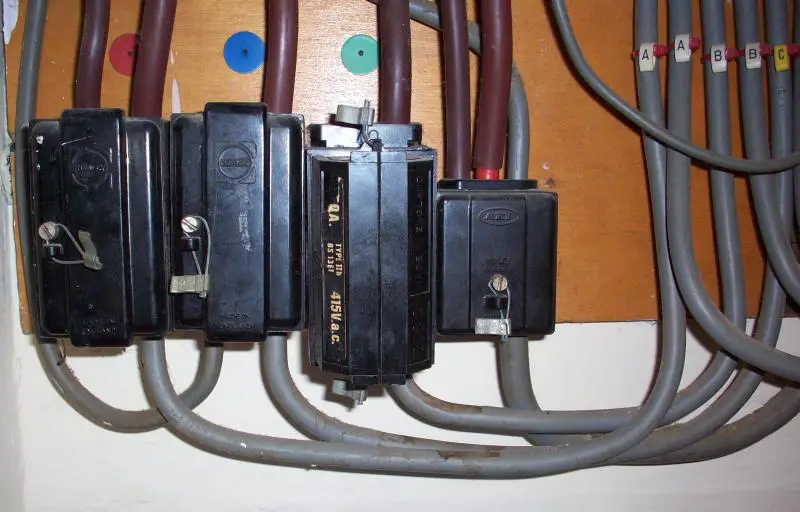To be fair, he was asking about the service cable, not the main from the substation, and I doubt that it is common for a service cable to supply very many houses. However, as I've said, applying the sort of extreme diversity that DNOs necessarily apply, I would suspect that each property is not 'counted' as much more than a 10A-20A load - I may be wrong about the figure, but I think I'm right about the concept!Depends on the size of the cable. Do you think there are ever more than 6 houses on one phase from a substation, i.e. do you think that we have 1 substation for every 18 houses?Would 6 supply onto single phase be too much for one incoming cable? Overloading?
Kind Regards, John


